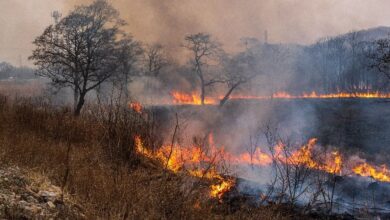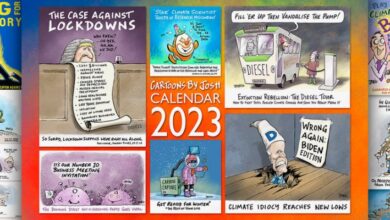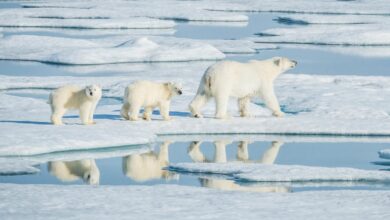E&E News Defames Pat Michaels – Watts Up With That?
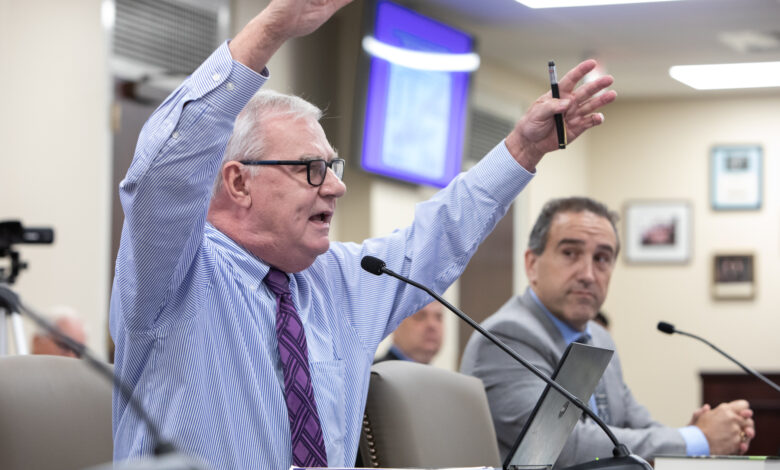
Guest “They also contradicted their own defamatory headline” by David Middleton
Patrick Michaels, influential climate denier, dies at 72
By Scott Waldman | 07/19/2022One of the most influential climate deniers in American history has died.
Patrick J. Michaels, who died Saturday at 72, created the modern concept of “lukewarmism,” which holds that humans are warming the planet but rejects the notion it will have severe consequences. That idea has become dominant in today’s Republican Party, which rejects significant restrictions on fossil fuels and has ignored the warnings of climate scientists who have said that unabated warming will be devastating for humanity.
Michaels was not a denier but a true skeptic who never stopped questioning scientific research, said Ryan Maue, who was tapped by former President Donald Trump to be NOAA’s chief scientist.
[…]
It’s one thing to defame someone in the headline and then contradict the defamatory remarks in the second and third paragraphs… It’s another thing to defame someone by accusing them of being something that is neither physically, nor grammatically possible. No one denies the climate. It’s not even possible to deny the climate… Physically or grammatically. “Lukewarmism” denies nothing. It doesn’t even reject economically viable reductions in greenhouse gas emissions. I will give E&E News some credit for quoting Dr. Ryan Maue, who very accurately and eloquently described Dr. Michaels as “a true skeptic… However, why continue with the use of the denier pejorative, if not for defamatory purposes? Nothing in the article supports the “denier” moniker.
Pat Michaels was a “lukewarmer,” as am I… As are many, if not most, scientists reasonably familiar with the subject matter. Anyone who has ever read any of Dr. Michaels’ books, particularly Climate of Extremes, would know that his view was that the observed warming over the past 50 years, or so, was consistent with an enhanced greenhouse effect and that this was, at least in part, due to greenhouse gas emissions from the combustion of fossil fuels.
Here’s a excerpt from his October 2018, interview on Mark Levin’s Life, Liberty & Levin…
LIFE LIBERTY & LEVIN TRANSCRIPT Published October 22, 2018
Dr. Patrick Michaels on the truth about global warming[…]
LEVIN: It’s a great honor to see you, Patrick Michaels, doctor. Expert on all things climate and environment, as far as I’m concerned. A little bit of your background. You’re the Director of the Center for Study of Science at the Cato Institute. You hold an AB and SM, you hold those degrees in Biology, Sciences and Plant Ecology from the University of Chicago – pretty good school. PhD in Ecological Climatology from the University of Wisconsin in Madison, 1979. You’re past President of the American Association of State Climatologists. You were Program Chairman for the Committee on Applied Climatology at the American Meteorological Society. Say that fast five times.
MICHAELS: Yes.
LEVIN: You were a Research Professor of Environmental Sciences at the University of Virginia for 30 years, and I’m giving an extensive background that you have. I’m giving that to the public so they that you know you really know what you’re talking about. You’re a contributing author and a reviewer of the United Nations Intergovernmental Panel on Climate Change, which was awarded the Nobel Peace Prize in 2007.
All right, let’s get started. Climate change, global warming, global cooling – we’ve heard it all. What’s going on out there?
MICHAELS: Well, surface temperature of the planet is warmer than it was a hundred years ago about 9/10th of a degree Celsius.
LEVIN: Nine-tenth degree of a degree Celsius.
MICHAELS: That’s all.
LEVIN: Is that a lot?
MICHAELS: No. It’s not a lot. There are two periods of warning, one in the early 20th Century that could not have been caused by human beings because we hadn’t put enough CO2 in the air, and one in the later part of the 20th Century that either slows down or ends depending upon whose data you use somewhere in the late 1990s, only to resume with the big El Nino that covered the news the last couple of years.
So that means that probably about half, maybe half of that nine-tenths of the degree might be caused by greenhouse gases because when the planet warmed beginning in 1976, the temperature of the stratosphere started to drop and that’s the prediction of greenhouse theory that’s not intuitive. The great philosopher of science Karl Popper said, if you can meet a difficult prediction with your theory, you can continue to entertain your theory.
So the theory is right, but the application of it is wrong. It is nowhere near as warm as it’s supposed to be. The computer models are making systematic, dramatic errors over the entire tropics which is 40 percent of the earth, and it’s where all our moisture comes from or almost all of it.
[…]
Dr. Michaels was skeptical of the alarmist, catastrophic projections of climate models and didn’t agree with destroying our energy infrastructure in a Quixotic effort to control the weather 100 years from now. Every sane scientist familiar with the subject matter should at least accept that as a reasonable position, if not agree with it. It’s not a denial of anything.
Let’s look at the 2016 survey of the American Meteorological Society. One third of atmospheric scientists surveyed didn’t think that human activities were the primary driver of climate change over the past 50 years.

The same survey found that 50% of scientists can’t say that the warming of the planet is necessarily bad…



It also found that atmospheric scientists were very divided on the efficacy of mitigation measures.



Stenhouse et al., 2017 also failed to find a robust consensus among atmospheric scientists on the subject of climate change.
This article analyzes open-ended survey responses to understand how members of the American Meteorological Society (AMS) perceive conflict within the AMS over global warming. Of all survey respondents, 53% agreed that there was conflict within the AMS; of these individuals who perceived conflict, 62% saw it as having at least some productive aspects, and 53% saw at least some unproductive aspects. Among members who saw a productive side to the conflict, most agreed as to why it was productive: debate and diverse perspectives enhance science. However, among members who saw an unproductive side, there was considerable disagreement as to why. Members who are convinced of largely human-caused climate change expressed that debate over global warming sends an unclear message to the public. Conversely, members who are unconvinced of human-caused climate change often felt that their peers were closed-minded and suppressing unpopular views. These two groups converged, however, on one point: politics was seen as an overwhelmingly negative influence on the debate. This suggests that scientific organizations faced with similar conflict should understand that there may be a contradiction between legitimizing all members’ views and sending a clear message to the public about the weight of the evidence. The findings also reinforce the conclusion that attempts by scientific societies to directly address differences in political views may be met with strong resistance by many scientists.
Stenhouse et al., 2017
While the vast majority of atmospheric scientists would agree with Dr. Michaels on the underlying science, there clearly is a wide divergence of opinions on the nature of the problem and what, if anything, to do about it. Disagreeing with the most catastrophic model projections is not a denial of the science or anything else. E&E’s use of the word “denier” is clearly defamatory and “has the pejorative ring of Holocaust denier.” It is simply a fact that many models and model scenarios have predicted significantly more warming than has actually occurred.
Use of ‘too hot’ climate models exaggerates impacts of global warming
U.N. report authors say researchers should avoid suspect models
4 MAY 2022 11:00 AM BYPAUL VOOSENOne study suggests Arctic rainfall will become dominant in the 2060s, decades earlier than expected. Another claims air pollution from forest fires in the western United States could triple by 2100. A third says a mass ocean extinction could arrive in just a few centuries.
All three studies, published in the past year, rely on projections of the future produced by some of the world’s next-generation climate models. But even the modelmakers acknowledge that many of these models have a glaring problem: predicting a future that gets too hot too fast. Although modelmakers are adapting to this reality, researchers who use the model projections to gauge the impacts of climate change have yet to follow suit. That has resulted in a parade of “faster than expected” results that threatens to undermine the credibility of climate science, some researchers fear.
Scientists need to get much choosier in how they use model results, a group of climate scientists argues in a commentary published today in Nature. Researchers should no longer simply use the average of all the climate model projections, which can result in global temperatures by 2100 up to 0.7°C warmer than an estimate from the Intergovernmental Panel on Climate Change (IPCC). “We need to use a slightly different approach,” says Zeke Hausfather, climate research lead at payment services company Stripe and lead author of the commentary. “We must move away from the naïve idea of model democracy.” Instead, he and his colleagues call for a model meritocracy, prioritizing, at times, results from models known to have more realistic warming rates.
[…]
Dr. Michaels never rejected all models…
[…]
MICHAELS: Yes, because one model works and you know what it is? It’s the Russian model.
LEVIN: So let me get this straight. So all the government models are like this?
MICHAELS: Yes.
LEVIN: The Russian model like this.
MICHAELS: Yes, the Russian model has the least warming in it.
LEVIN: And the Russian model has the least warming and the Russia model, pretty much follows reality that’s been tested over a few decades.
MICHAELS: Yes, correct. If we were rational about this, think about the daily weather forecast. You watch the Weather Channel, they go, “Oh, this model says that, that model says that. We think this one is working the best, so we’re going to rely on that.” Well, for climate forecast, we should be using the Russian model, but we’re not. We use this big spate of all the other models that have this warming in them that’s not occurring.
[…]
He clearly laid it out in this article:
Climate Predictions “Worse Than We Thought”
By Patrick J. Michaels
July 14, 2020As the temperature of the eastern U.S. normally reaches its summer maximum around the last week of July, every year at this time we are bombarded with tired “climate change is worse than we thought” (WTWT) stories. These stories take time to produce, from imagination to final copy to editing to publication, so they have usually been submitted well in advance of the summer peak. Hence, orchestrated fear.
For once, I’m in agreement about the WTWT meme, but it’s about the climate models, not the climate itself.
[…]
Dr. Michaels went on to discuss John Christy’s analysis of the CMIP5 models which showed that only the Russian INM-CM4 model, and its low sensitivity (~2 °C per doubling), was close to reality. This is from Andy May’s November 2018 post:



Then he noted that the new CMIP6 models were even worse than CMIP5:
You’d think that, in the seven-year period between CMIP5 and CMIP6, the modeling community would address the critical errors that all the other models were making. But CMIP6 models are out and are indeed “worse than we thought.” While their error in the tropical atmosphere is very close to the same as it was in CMIP5 (which isn’t good), the range of global predictions is even larger than before. This is also not a good sign, especially because it has been documented that the models are “tuned” to give an answer that the modeling team wants.
Dr. Michaels cited a Carbon Brief article by Zeke Hausfather. This plot is from the article:
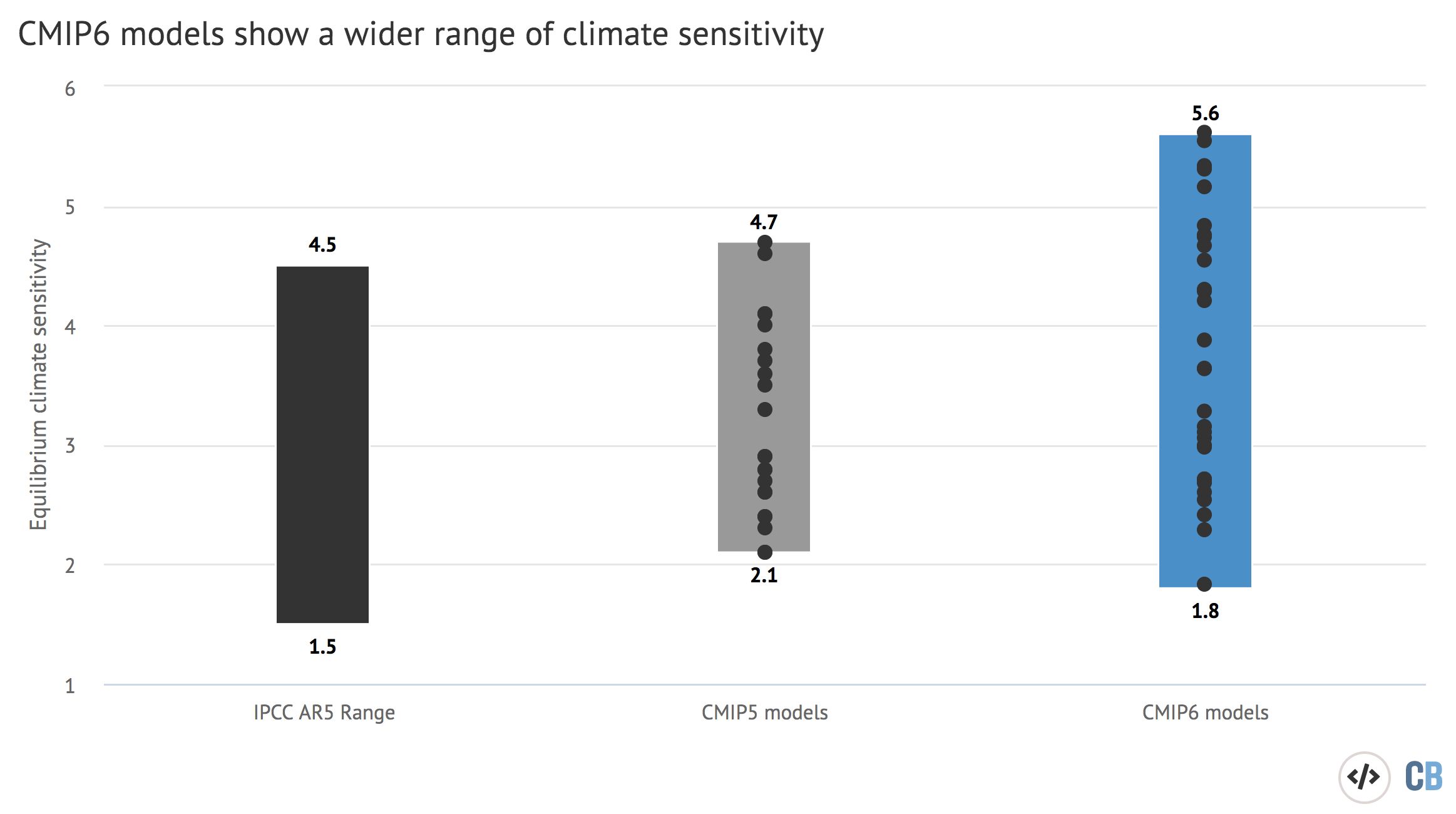


Mr. Hausfather noted that high sensitivity models often don’t even get the past right:
Many high sensitivity models have poor hindcasts
Climate models provide both projections of future warming and “hindcasts” of past temperatures. These hindcasts can be used as a tool to evaluate the performance of models, though historical temperatures are only one of many hundreds of different variables that climate models generate.
A number of the higher sensitivity models in CMIP6 have had trouble accurately “hindcasting” historical temperatures. Some show almost no warming over the 20th century — with cooling effects from aerosols almost completely counterbalancing rising atmospheric greenhouse gas concentrations — followed by a massive warming spike in recent decades. Others show too much warming over the past 150 years.
The article included this excellent comparison of climate sensitivities derived from various different methods.
Climate sensitivities derived from the closest thing to direct actual observational measurements (instrumental) yield climate sensitivities ranging from innocuous to mildly concerning. It’s also important to note that equilibrium climate sensitivity (ECS) is not the key parameter. The transient climate response (TCR) is what matters. It is the warming that occurs concurrent with the rise in atmospheric CO2 and it’s generally only about 1/2 to 2/3 of the ECS. So a 2 °C ECS would probably equate to a 1.0 to 1.3 °C rise in temperature as the atmospheric CO2 concentration doubles. The remainder of the ECS warming theoretically occurs over the subsequent 500 years, or so, as Trenberth’s missing heat returns from the depths of the oceans.
So… What exactly did Dr. Patrick Michaels deny?
He denied nothing. Maybe the only thing he denied was that he denied to get down in the gutter those who called him a denier. I never had the good fortune of meeting Dr. Michaels in person, but I have read several of his books. He was perhaps the best communicator of the strengths and weaknesses of modern climate science. I can honestly say that he was one of a handful of skeptical climate scientists who inspired me to become actively involved in this debate. Without what I learned from Shattered Consensus, The Satanic Gasses and Climate of Extremes, I would have never found my way to Watts Up With That. Rest in peace, Dr. Michaels, we will carry the on fight here on Earth.
References
Christy, John. 2016. Testimony of John R. Christy. Washington, D.C.: U.S. House Committee on Science, Space and Technology, 23. https://docs.house.gov/meetings/SY/SY00/20160202/104399/HHRG-114-SY00-Wstate-ChristyJ-20160202.pdf
Maibach, E., Perkins, D., Francis, Z., Myers, T., Englbom, A., et al. (2016). A 2016 National Survey of American Meteorological Society Member Views on Climate Change: Initial Findings. George Mason University, Fairfax, VA: Center for Climate Change Communication.
Stenhouse, N., A. Harper, X. Cai, S. Cobb, A. Nicotera, and E. Maibach, 2017: Conflict about Climate Change at the American Meteorological Society: Meteorologists’ Views on a Scientific and Organizational Controversy. Bull. Amer. Meteor. Soc., 98, 219–223, https://doi.org/10.1175/BAMS-D-15-00265.1


